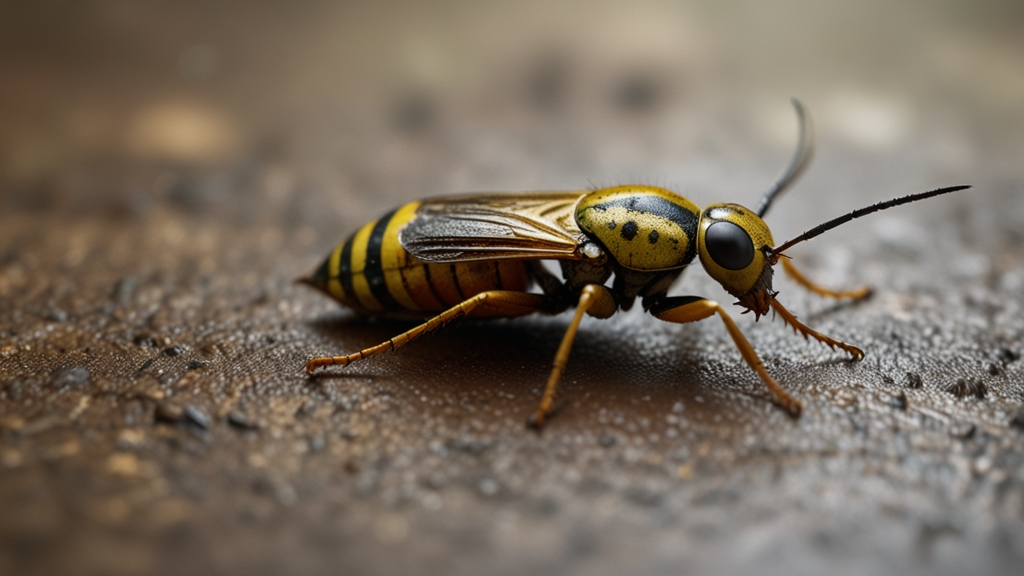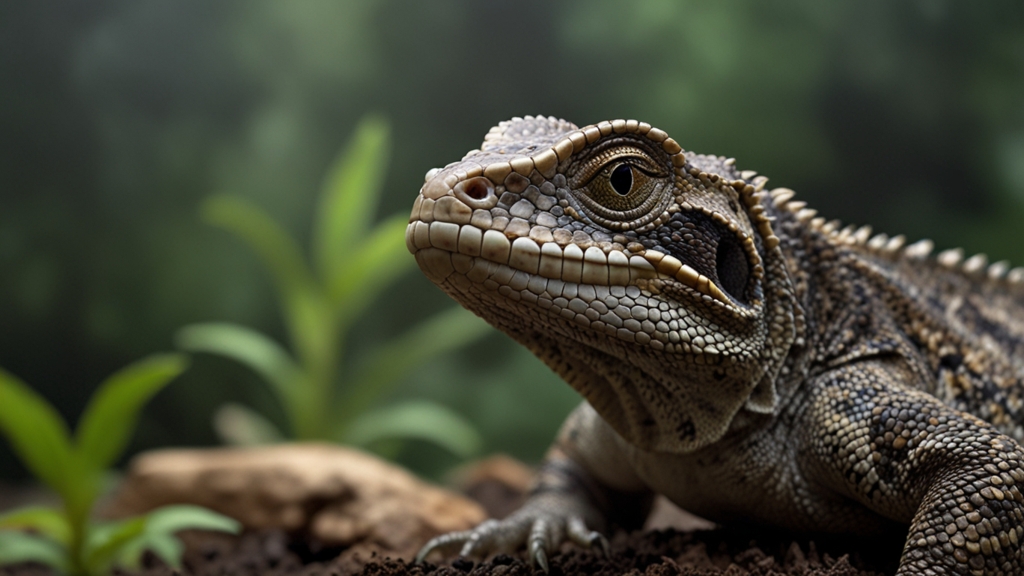Unraveling the Mystery of Insect Extinction: What You Need to Know
In recent years, the rapid decline of insect populations has raised alarms among scientists, conservationists, and ecologists alike. Insects play crucial roles in various ecosystems, from pollinating plants to acting as food sources for other animals. However, their numbers are plummeting at an unprecedented rate, sparking concerns about the potential consequences for biodiversity and human life.
The Importance of Insects
Insects are indispensable cogs in the ecological machinery. They contribute to several ecosystem services that are vital to the health of the planet. For example, pollinators like bees and butterflies are essential for the reproduction of many flowering plants, which, in turn, support diverse food webs. In addition to pollination, insects decompose organic matter, recycle nutrients, and serve as food for numerous higher-tier predators, including birds and mammals.
"Insects are the little things that run the world." - E.O. Wilson
Their decline, therefore, represents a significant threat to these ecosystems and the services they provide. Understanding the factors contributing to this crisis is crucial for developing effective conservation strategies.
Factors Contributing to Insect Decline
Several factors have been identified as primary contributors to the decline of insect populations:
1. Habitat Loss and Fragmentation
Urbanization, deforestation, and agricultural expansion are leading to the widespread destruction and fragmentation of natural habitats. When insect habitats are destroyed or broken up into smaller, isolated patches, their populations become more vulnerable to extinction.
2. Pesticides and Chemical Pollution
The widespread use of pesticides in agriculture has been detrimental to both targeted pests and non-target insect species. Chemicals like neonicotinoids, known for their effectiveness in pest control, have been linked to declines in bee populations and other beneficial insects.
3. Climate Change
Rising global temperatures and changing weather patterns are disrupting the delicate balance of ecosystems. Insects, which are ectothermic (cold-blooded) animals, are particularly sensitive to temperature changes. Climate change also affects the availability of food sources and alters habitats, further stressing insect populations.
4. Invasive Species
The introduction of non-native species can have devastating effects on native insect populations. Invasive species can outcompete, prey upon, or bring new diseases, leading to the decline or extinction of indigenous insects.
"The fate of insects is so crucial to human life that their decline signals serious ramifications for mankind." - Dave Goulson
The Ripple Effects of Insect Extinction
The decline of insect populations can trigger a cascade of negative effects throughout ecosystems. For instance, the loss of pollinators could lead to the decline of plant species that depend on them, eventually impacting the animals that rely on those plants for food and habitat. The reduction in insect numbers could also affect soil health, as decomposers like beetles and ants play a significant role in nutrient cycling and soil formation.
Moreover, the agricultural sector heavily depends on insects for pollination and pest control. A continued decline in insect populations could lead to reduced crop yields and increased reliance on synthetic fertilizers and pesticides, which come with their own environmental and health risks.
Steps Towards Conservation
Addressing the crisis of insect extinction requires concerted efforts at multiple levels, from individual actions to global policies:
1. Habitat Restoration
Protecting and restoring natural habitats is crucial for providing insects with the resources they need to thrive. Practices such as planting native species, creating wildlife corridors, and reducing habitat fragmentation can significantly benefit insect populations.
2. Sustainable Agriculture
Adopting sustainable farming practices, reducing pesticide use, and encouraging organic farming can lessen the impact on non-target insects. Integrated Pest Management (IPM) strategies, which utilize natural predators and crop rotation, offer eco-friendly alternatives to chemical pesticides.
3. Policy and Legislation
Strong policies and legislation are needed to regulate the use of harmful chemicals, protect critical habitats, and promote biodiversity conservation. International cooperation is also essential to tackle global threats such as climate change and the trade of invasive species.
In conclusion, while the decline in insect populations presents a dire challenge, increased awareness and proactive measures can help mitigate its impact. By understanding the critical roles insects play and addressing the factors contributing to their decline, we can take meaningful steps towards safeguarding our planet's biodiversity and ensuring the sustainability of ecosystems that support all life forms.










